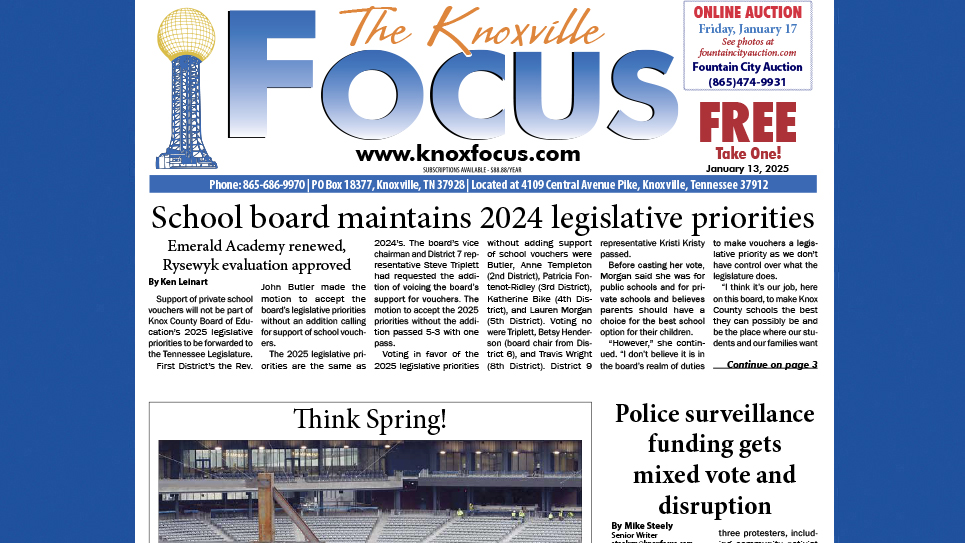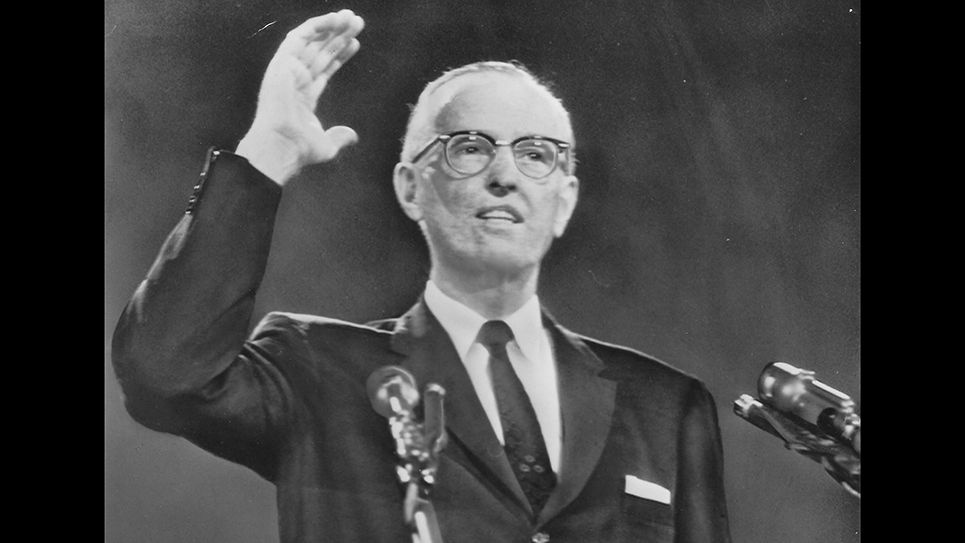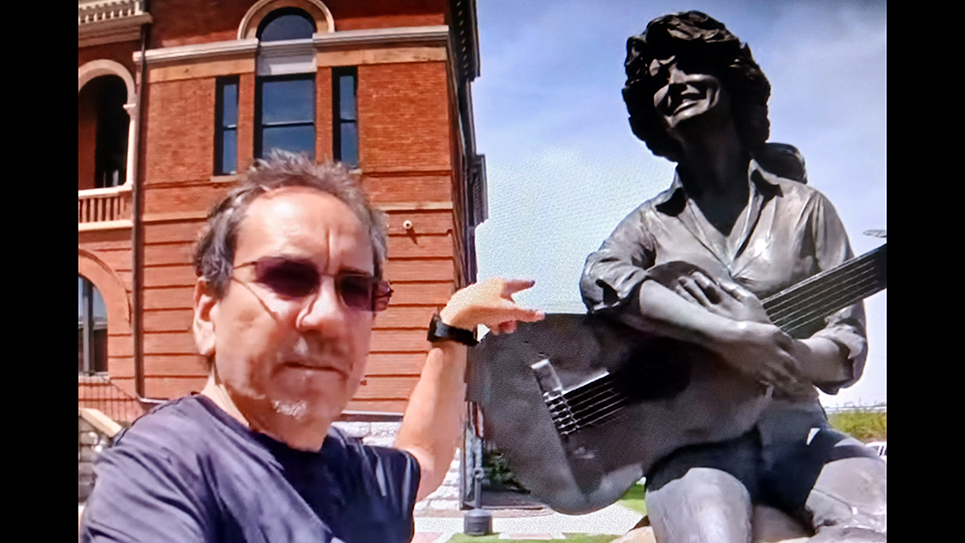“If everyone is thinking alike, someone isn’t thinking.” General George Patton
One wonders if the General wasn’t prophetic. Apparently, the Major News Media, Attorney General Eric Holder, Hilary Clinton and President Obama, Nancy Pelosi and Harry Reid, as well as the head of the IRS, his predecessor, supervisors and staff of the IRS all seem to think alike. The other alternative is that the President and Mrs. Clinton didn’t know about terrorists in Benghazi, Holder didn’t know about Associated Press and Fox News wire taps, and the IRS chiefs didn’t know anything about targeting citizens, religious groups, and organizations opposed to Obama’s liberal-democrat-progressive ideology. Perhaps they all have group-think or perhaps they simply weren’t thinking. And if that’s the case, what are we paying them for?
A priori bias is a philosophical perspective where one’s foundational or fundamental perspectives color all facts. I have a friend who has logically demonstrated to me that all facts are conditional and apparently they are political, as well. I know about scientific facts and observational truths, and I admit I have a bias; we all do. You may try to be “fair and balanced”, but more importantly you need to recognize and accept your bias. As a theist I also know that just because I don’t understand something that doesn’t make it fanciful. And as a result my world view is broader than someone who doesn’t accept realty beyond his vision or his talking points.
As an internist and geriatrician, science is foundational in my patient care, but fortunately my trust in The Master extends my vision and my abilities to care for my patients, especially in times of trouble. Times have changed in my forty years of practice. I am no longer in charge of patients in the ICU, and I don’t manage patients on ventilators these days. Mother Teresa once said, “Not everyone can do great things, but everyone can do small things with great love.” This is what I do these days as I focus on preventive care, controlling problems like diabetes and hypertension, and optimizing the hand my patient was given to play.
A major issue in preventive care is osteoporosis. The skeleton is the foundational support of your body. And like a home with a weakened foundation, it may collapse in stormy times. Osteoporotic bones have reduced density and strength. We are able to stand upright and walk as our muscles pull against our boney framework. Some anthropologists even hold that our frontal brain developed as our ancestors began to walk upright and their hands were freed for dexterous work.
Visualize a chunk of Swiss cheese that contains holes. Within the bones of your body are holes or spaces between the support struts. Osteoporosis is a condition where the holes or spaces become larger, making the supporting framework thinned and weakened. Healthy bones constantly undergo remodeling, akin to my home where Becky is always trying to makes things better with a remodeling project. A friend of mine says, “You’re either growing or you’re dying,” and this applies to your skeleton. In fact, if more bone is broken down than is replaced, osteoporosis develops and bones become weakened and can snap.
It is estimated that “50% of white women and 20% of men will have an osteoporosis-related fracture in their lifetime” (AIM, July 2011). Crushed bones in the spine are very painful and produce the dreaded dowager’s hump. Breaking a hip and the complications of surgery have significant mortality, not to mention morbidity; some may never walk again. And Geriatricians know that a poor functional status and the inability to walk are strong predictors of death.
We now have tests to accurately and painlessly measure the density of bones (DEXA). And more importantly we now have medications that can stabilize weakened bones and reduce fracture risk. Science has demonstrated that women after menopause lose bone rapidly, and some aging men do so as well. We know that smoking, being sedentary and having poor health or low body weight are associated with weakened bones. And drugs like alcohol, seizure medications and some breast cancer treatments can cause osteoporosis.
I interpret a lot of bone density reports for Summit doctors. However, I think some doctors and patients rely too heavily on technology such as DEXA analysis instead of the overall clinical picture. An example is a patient who has a non-traumatic broken bone or who has lost several inches in height as they aged. These folks have osteoporosis until proven otherwise and may need treatment regardless of test results. And a lot has been said about the rare issue of softening of the jaw bone (osteonecrosis) and atypical thigh bone fractures as complications of bisphosphonate therapy (a major drug class in osteoporosis treatment). I’m afraid many patients are swayed by media hype and stop their medications rather than discussing their concerns with their doctors. There is no substitute for a thinking and caring doctor and a patient who works with the doctor to maximize therapy outcomes.
I’ve heard that darkness is the absence of light. Our current American experience seems to echo iconic monkeys who “see no evil, hear no evil, and speak no evil.” I wish our citizens would open their eyes and ears and politicians would stop speaking so much evil.
Perhaps it’s time that we open our eyes and shine a light into the dark basement of Washington where there seems to be such an absence of light and thought. Perhaps a light shined into that basement will expose the rats and run them out of town.






